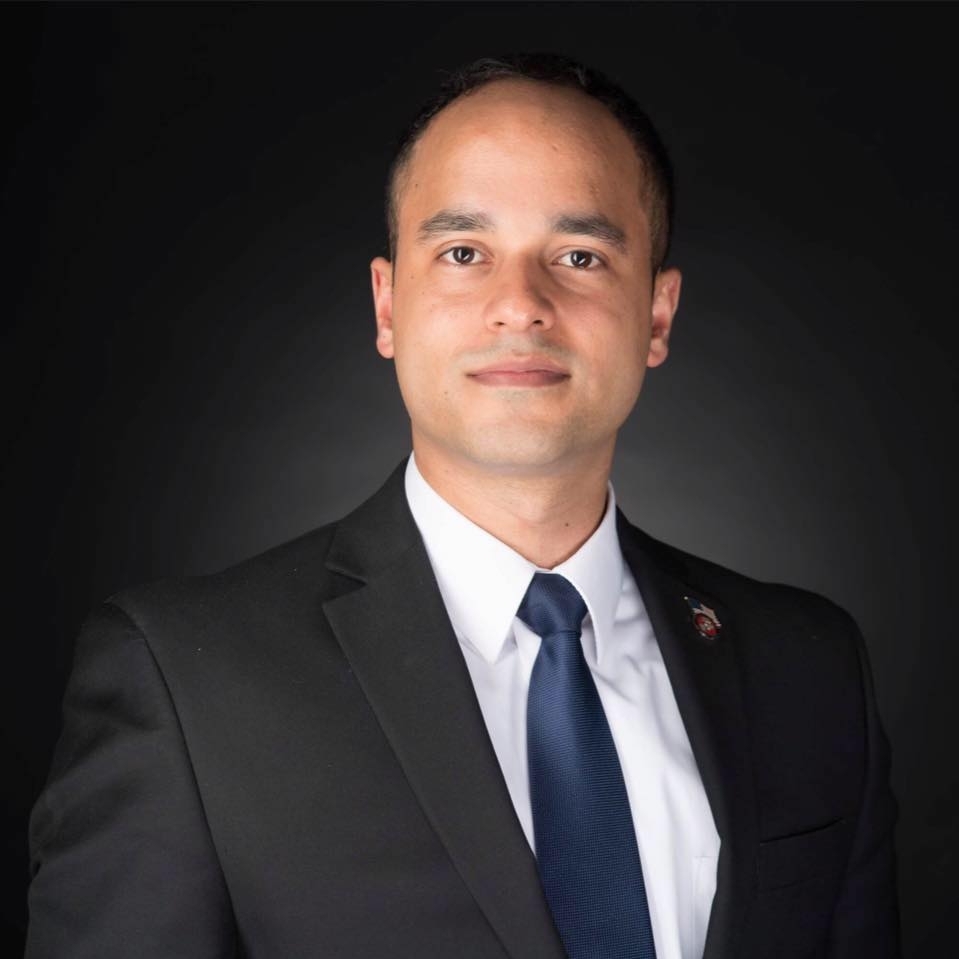How To Hire More Police Officers
What would you do with $11 million?
Most of the people I've talked to agree that we need to hire more police officers to help get a handle on the crime situation in the City of Buffalo.
But with a shrinking revenue base that is a direct result of a continuing decline in the city's population - Nearly 30,000 people have left the city just in the past decade - just where do we look to for funds that will finance an increase in police personnel? I say we start from within.
The City of Buffalo spent $11.2 million in police overtime in just ONE year.
With that same amount of money, you could hire 150 police personnel at a salary of $74,666, or 200 at a salary of $56,000.
Now could you imagine what the response time would look like with 200 additional law enforcement officers out on the streets of Buffalo?
In terms of presence, that could literally transform how we interact with our police. No longer would they be stretched thin. Many could be assigned to walk the beat, while others could help beef up the narcotics or cold case units.
The City of Buffalo had 62 homicides last year, while the rest of Erie County had 5. What makes this figures even more troubling is that, while the city makes up only about a quarter of the county's population, a staggering 92% of all homicides in Erie County take place in the city. On top of that, just 23 percent of homicides were solved in the city last year.
Clearly, an increase in police presence is long overdue.
My solution:
End the routine use of overtime and reallocate the $11 million currently being used to pay overtime, to hire at least 150 new police officers. Overtime also contributes excessively to legacy and pension costs. This is because police officers’ retirement is based on the average of the highest three years worth of salary. Because of this loophole, some retired police officers make as much as $105,000 per year in taxpayer-funded pension. Therefore, reducing overtime presents an opportunity to trim down pension and legacy costs for city residents.
Web Supplements
Buffalo homicides by location, 2011-2015, based on available data. (Precise locations of 20 killings in that time period are not available but will be plotted online as information becomes available.) Homicides in red are unresolved; homicides in blue have been cleared. Map created by Zachary Burns. Via The Public.
Resources
Getting Away With Murders: The Numbers. A WGRZ-TV and InvestigativePost.org investigation. Published February 5, 2015.
License To Kill. The Public. Published February 11, 2015.
Buffalo Homicide Toll Jumps To 62 In 2014. The Buffalo News. Published January 2, 2015.

